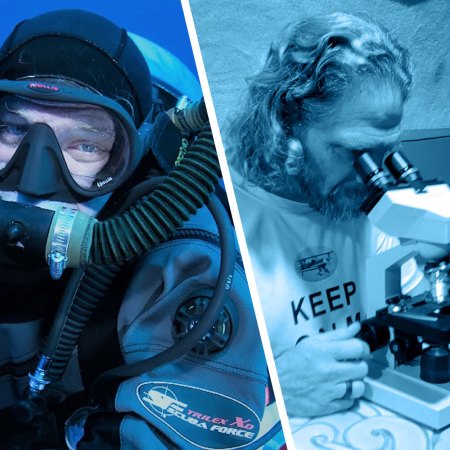Fossilized tunnels at the bottom of the ocean could challenge what researchers thought were waters too cold to support life.
The study, published in Geology, reveals that a worm-traveled superhighway of tunnels was discovered in sedimentary rocks from the Mackenzie Mountains in Canada.
Brian Pratt, the geologist and paleontologist who made the discovery, found the rocks 35 years ago in the mountain rage located in northwest Canada. He’s only recently analyzed the fossils.
“I found these unusual rocks quite by accident all those years ago. On a hunch I prepared a bunch of samples and when I enhanced the images I was genuinely surprised by what I found.”
Once Pratt was able to scan the image and edit them, he found well-defined burrows that were crisscrossing one another in great numbers. The tunnel widths range from .02 to 0.6 inches and were created by tiny worms measuring between a millimeter in length to about the size of a finger.
The preserved bodies of some worms were also found in the rock along with worm waste left behind that contained shreds of body tissue.
If the new research is correct, scientists may need to reevaluate their assumptions about life at the bottom of the ocean.
“This has a lot of implications which will now need to be investigated, not just in Cambrian shales but in younger rocks as well,” Pratt said.
Thanks for reading InsideHook. Sign up for our daily newsletter and be in the know.


















